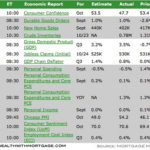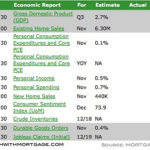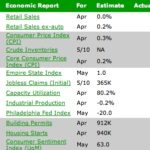Understanding the Mortgage Market
Mortgage markets are like any other market, in order for goods to change hands, a buyer and a seller must first agree to “trade” at a specific price point.
In general, the more buyers and sellers there are for a particular item, the easier it is to find that “fair value” and make the deal.
A Normal Market
An abundant number of buyers and sellers often creates a liquid market in which assets (in this case mortgage bonds) can be sold rapidly with minimal loss.
A Vacation Market
This week, there are some people on vacation. The “liquid market” has gone illiquid. The treasury market posted just 41 percent of its normal, daily volume Monday (yes, seriously), leading to wild pricing in the mortgage bond market which, in turn, caused mortgage rates to follow.
For example, mortgage rates started the day lower yesterday before moving back higher over a 30-minute, early-afternoon span. Markets weren’t provoked by economic data, geopolitical developments, or technical factors. It just, kind of, “happened” and the move left mortgage rate shoppers in the dust.
Learning From Mistakes
This scenario could continue to happen a lot this week. So, if you’re in the market for a mortgage, be ready to lock quickly. With low liquidity, rates rarely sit still for long.
Photo Kudos: Purdue BCM









